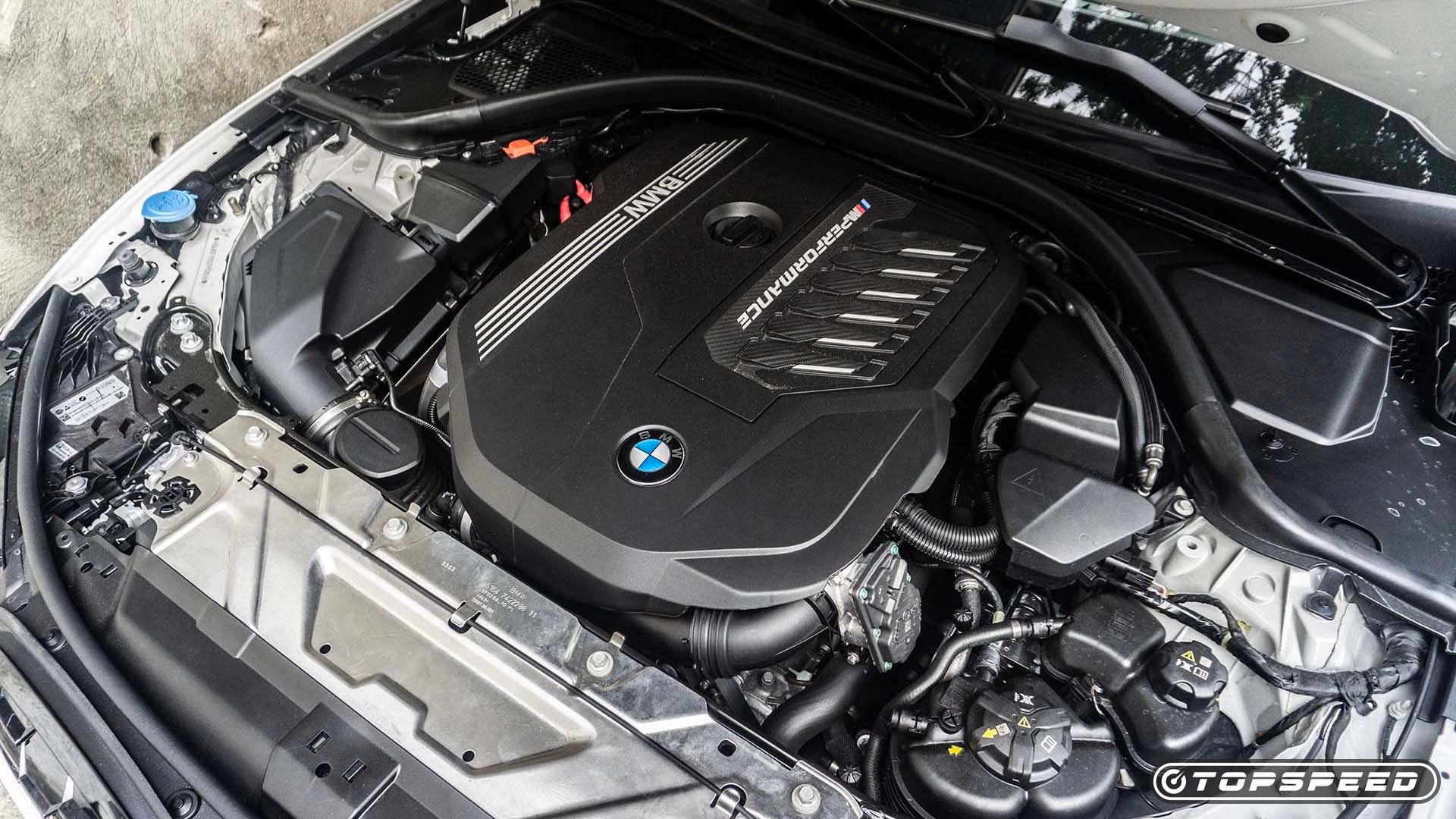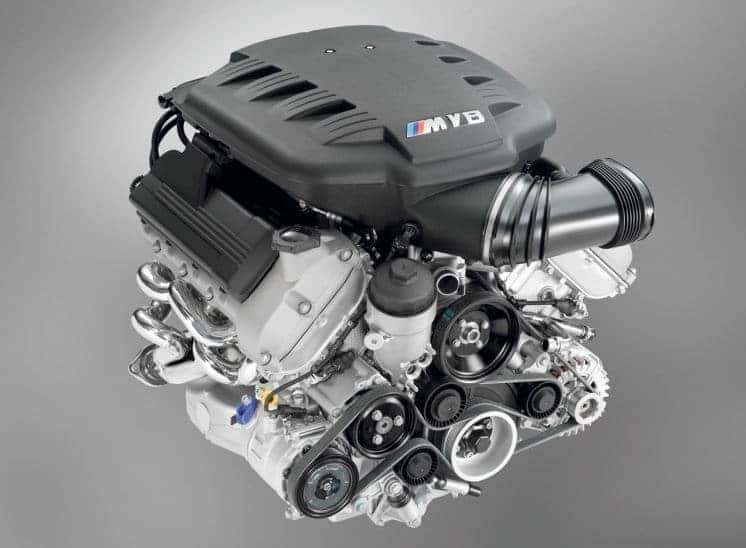Checking Out the Advancement of Burning Engines in Modern Transportation Systems
As we navigate the landscape of modern transportation, the development of combustion engines stands as a testimony to human resourcefulness and design prowess. From their humble beginnings to the sophisticated powerhouses pushing lorries today, burning engines have actually undertaken a remarkable journey of advancement and adjustment. Recognizing the details of this advancement not just clarifies the past however additionally leads the way for imagining what lies ahead in the world of transport modern technology. The interplay of history, modern technology, and ecological worries fit the trajectory of combustion engines creates a story that is both compelling and insightful.
Early Beginnings of Combustion Engines
How did the principle of combustion engines very first arise in the early phases of transport advancement? The origins of combustion engines can be traced back to the 17th century when the concepts of internal burning were first checked out.
The advancement minute came with the development of the first effective gasoline-powered engine by Karl Benz in 1885 - bmw engine. This engine led the way for the advancement of the modern-day vehicle, changing transportation systems worldwide. Succeeding innovations by Nikolaus Otto and Gottlieb Daimler better fine-tuned burning engine technology, causing the automation of automobiles and the fast growth of the transport industry
These very early burning engines were identified by their simplicity and efficiency, laying the foundation for the complex and powerful engines used in modern transportation systems. The development of combustion engines has been instrumental in shaping the means we take a trip and move items, noting a substantial turning point in the background of transportation development.
Transition to Internal Burning Innovation
The shift to internal burning modern technology noted a critical shift in the advancement of transport systems. This shift began in the late 19th century, with inventors like Nikolaus Otto and Gottlieb Daimler creating the very first successful interior burning engines. These engines reinvented transportation by providing a more powerful and effective alternative to steam engines and electrical motors.
Among the crucial advantages of inner combustion engines was their capacity to be reduced to match lorries, causing the development of autos and motorbikes. This shift from cumbersome, stationary engines to portable, mobile ones paved the means for the modern transport systems we see today.
The transition to inner combustion modern technology also stimulated developments in gas technology, bring about the development of fuel and diesel as primary gas resources for cars. This change not only made transport much more accessible to the masses however additionally laid the foundation for the oil and gas market to become important to international economic climates.
Influence of Combustion Engines on Transportation
The fostering of burning engines in transportation systems militarized an extensive shift in the effectiveness and rate of global wheelchair. Combustion engines transformed transport by offering a versatile and trustworthy source of power for different lorries, including cars and trucks, vehicles, airplanes, and ships. This advancement dramatically boosted the capacity for people and products to relocate over fars away in shorter amount of time, bring about increased connectivity between regions and nations.
Furthermore, the widespread use burning engines has had a significant influence on financial growth. The capacity to move goods efficiently has actually stimulated profession and business, permitting organizations to increase their markets and get to customers worldwide. This has actually promoted financial development and globalization, as items can currently be moved much faster and in bigger amounts than in the past.
Nonetheless, the environmental impact of combustion engines can not be overlooked. The combustion of nonrenewable fuel sources has led to air pollution and greenhouse gas exhausts, adding to environment modification and presenting health and wellness risks to populations. bmw engine. Therefore, there is a growing focus on establishing alternate propulsion technologies to mitigate these adverse impacts and produce a more lasting future for transport
Advancements in Combustion Engine Layout
One notable innovation is the development of turbocharged engines, which make use of exhaust gases to drive a turbine that presses inbound air, enabling for even more fuel to be charred, resulting in enhanced power output without a significant increase in engine dimension. Variable shutoff timing systems have actually likewise transformed engine design by optimizing air movement at various engine speeds, enhancing both power and efficiency. These innovations jointly add to the constant improvement of combustion engines in modern-day transport systems.
Future Patterns in Combustion Engine Growth
With technology improvements driving continuous technology, the future of combustion engine growth is poised to reinvent transport systems internationally. One of the key patterns in burning engine development is the press in the direction of greater effectiveness and reduced discharges.
An additional popular pattern is the fostering of hybrid innovations in burning engines. Crossbreed engines combine standard burning modern technology with electric power, using boosted gas efficiency and lower discharges. As the auto industry shifts towards electrification, crossbreed burning engines are viewed as a transitional solution that connects the space in between conventional cars and completely electrical ones.
In addition, the integration of smart innovations, such as expert system and information analytics, is anticipated to play a significant role in the future of combustion engine development. These technologies can enhance engine performance in real-time, resulting in a lot more effective combustion processes and improved general car performance. Embracing these future trends will not only drive innovation in burning engine growth yet additionally add to a much more environmentally friendly and lasting transport ecological community.

Final Thought
In verdict, the advancement of burning engines in modern transportation systems has actually been marked useful site by significant advancements in modern technology and style. From the early starts of burning engines to the my website transition to inner burning technology, these engines have actually had an extensive impact on transport.
The roots of combustion engines can be mapped back to the 17th century when the principles of inner burning were first discovered. These engines reinvented transportation by supplying a much more efficient and effective option to steam engines and electrical motors.

 Tony Danza Then & Now!
Tony Danza Then & Now! Loni Anderson Then & Now!
Loni Anderson Then & Now! Elisabeth Shue Then & Now!
Elisabeth Shue Then & Now! Bo Derek Then & Now!
Bo Derek Then & Now! Nadia Bjorlin Then & Now!
Nadia Bjorlin Then & Now!